After dark, the city doesn’t necessarily show its best side—and Prague is no exception. The Vltavska subway under the Hlávkův bridge was not a popular destination at night, but the cold surroundings and concrete blocks have now taken on a much more welcoming and exciting atmosphere.
Fortunately, the rise of social design, design thinking, and many other design attitudes, or the rethinking of public spaces, are nowadays often enriching cityscapes with unconventional solutions. In the Czech capital, something similar has happened thanks to the local U/U Studio. The philosophy of the architectural studio, which designs mainly urban spaces, is to reflect freestyle sports in their plans to create the most attractive community space for both professionals and the general public. This is how the aforementioned underpass complex was created, weaving together elements of a skate park, an art gallery, and a community recreation area.
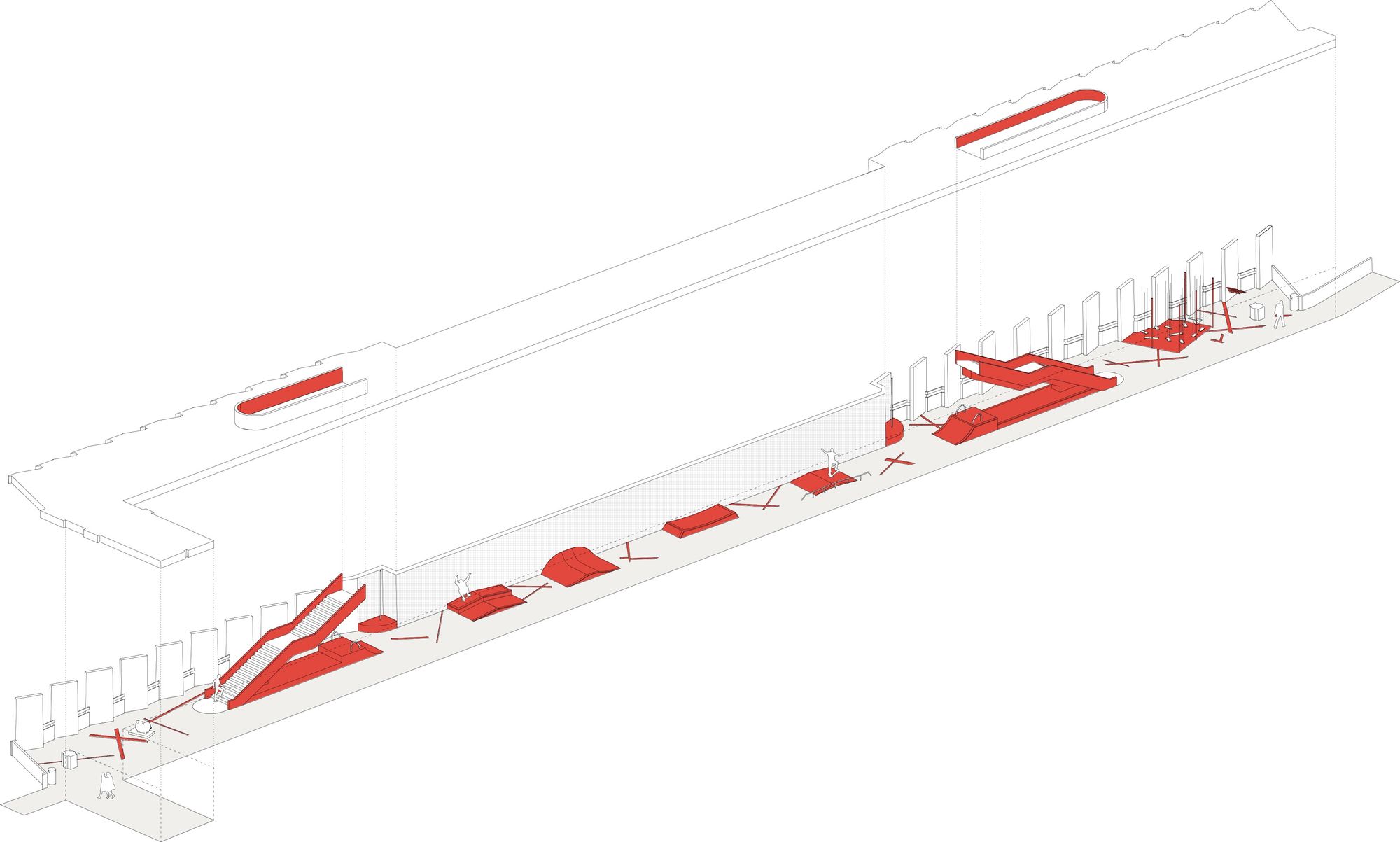
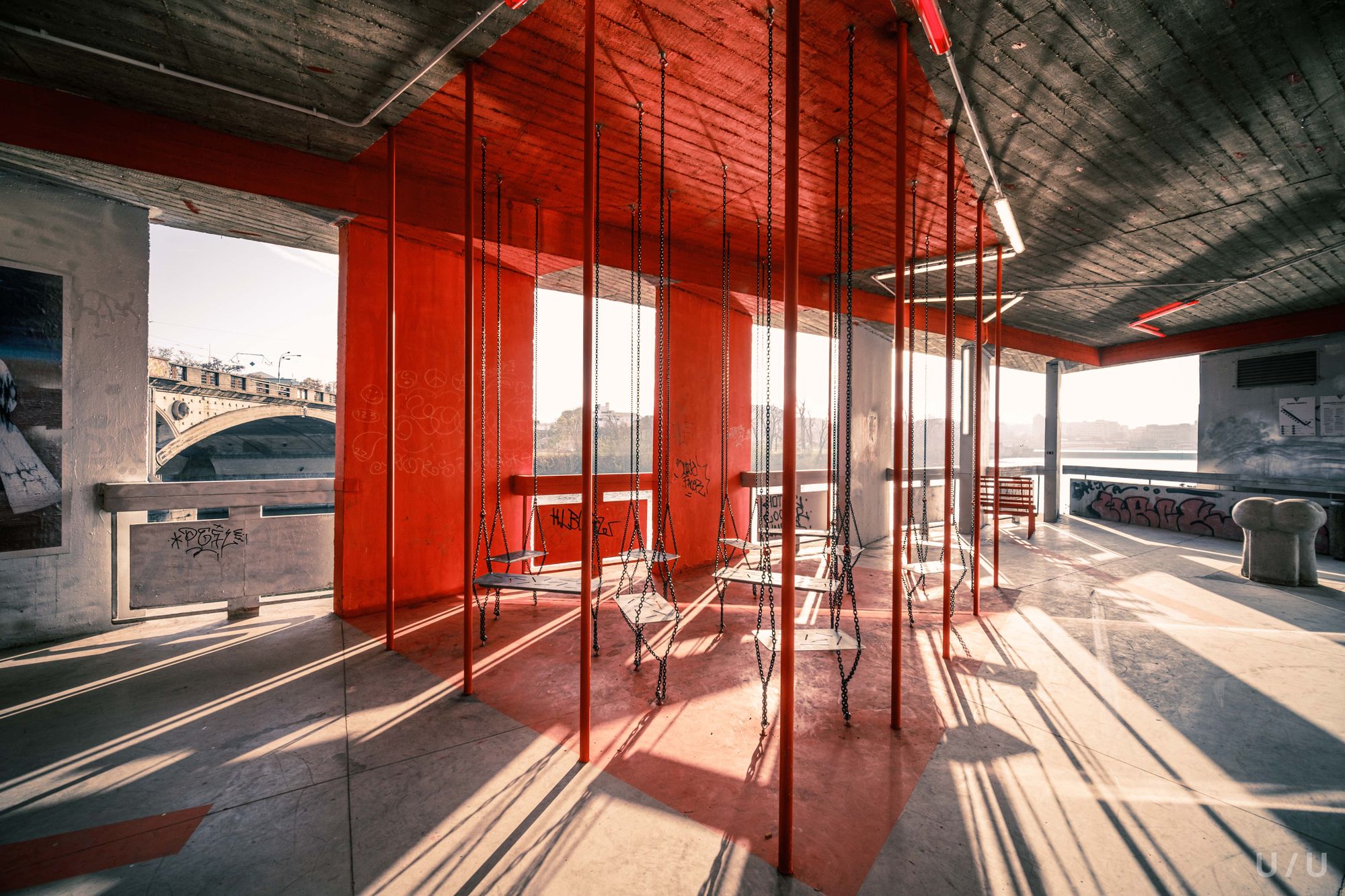
The project did not require any radical changes: after a thorough clean-up, the defects were corrected and the original walls were left intact. The surroundings, rich in graffiti, make the environment much more authentic so that instead of a new, sterile space, there is a sense of a renovation that has adapted to the original pulsating atmosphere. Space is for the community and not the community is for space. The main materials used during construction were steel and concrete—they are cheap and easy to maintain and will last effectively for many years. The result is a new community space that can be a neat yet fun place for residents and local youth.
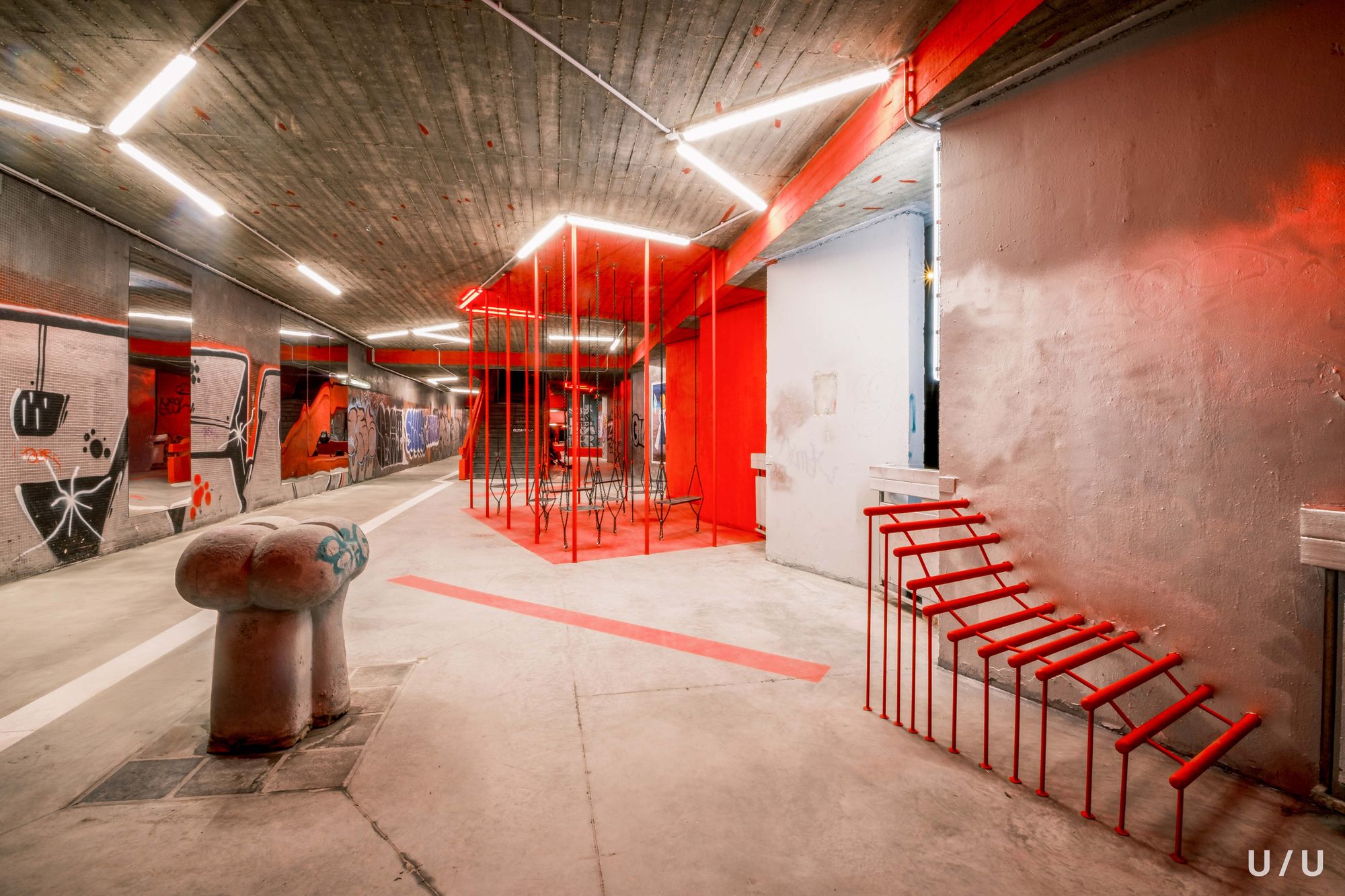
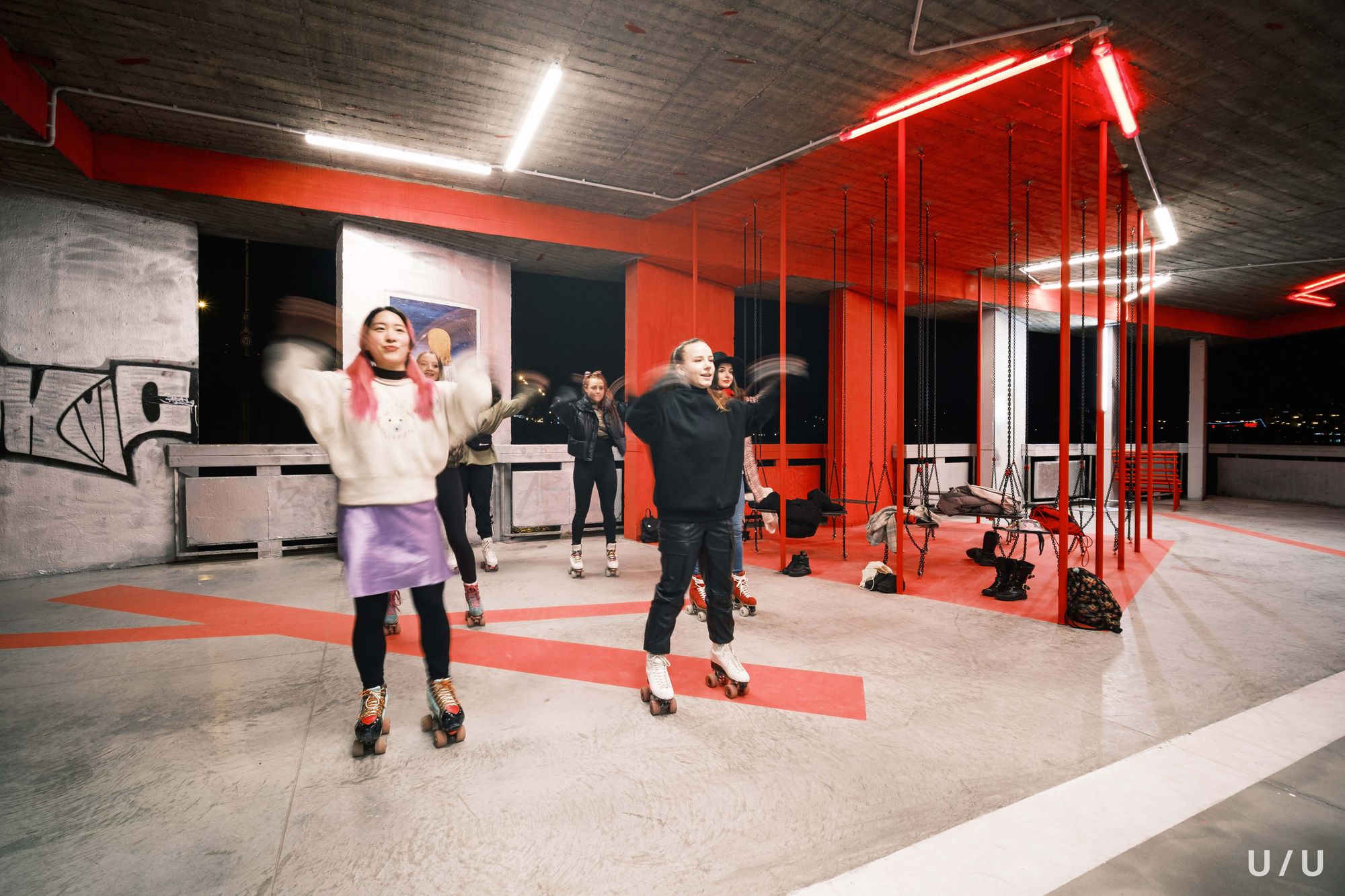

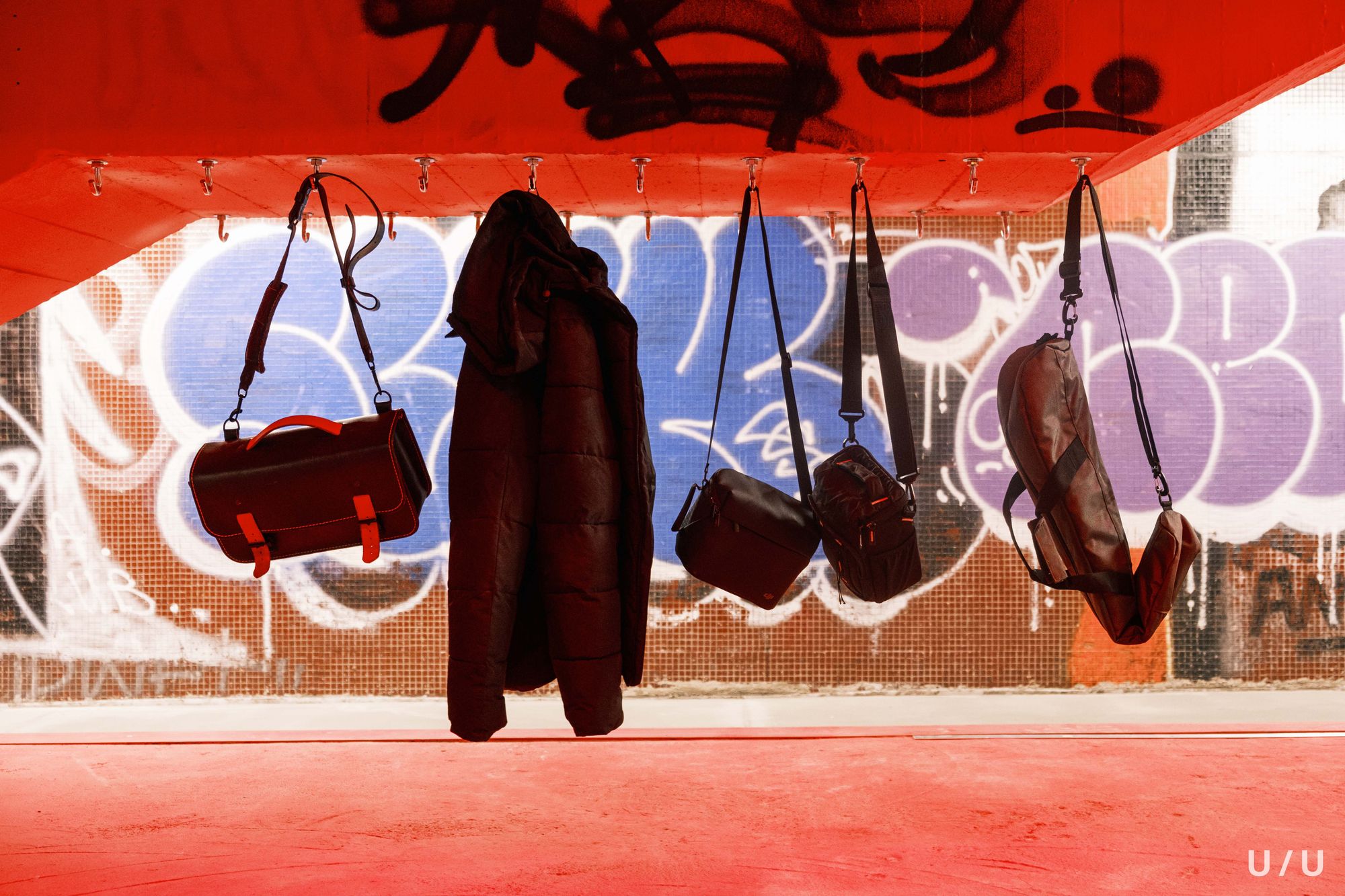
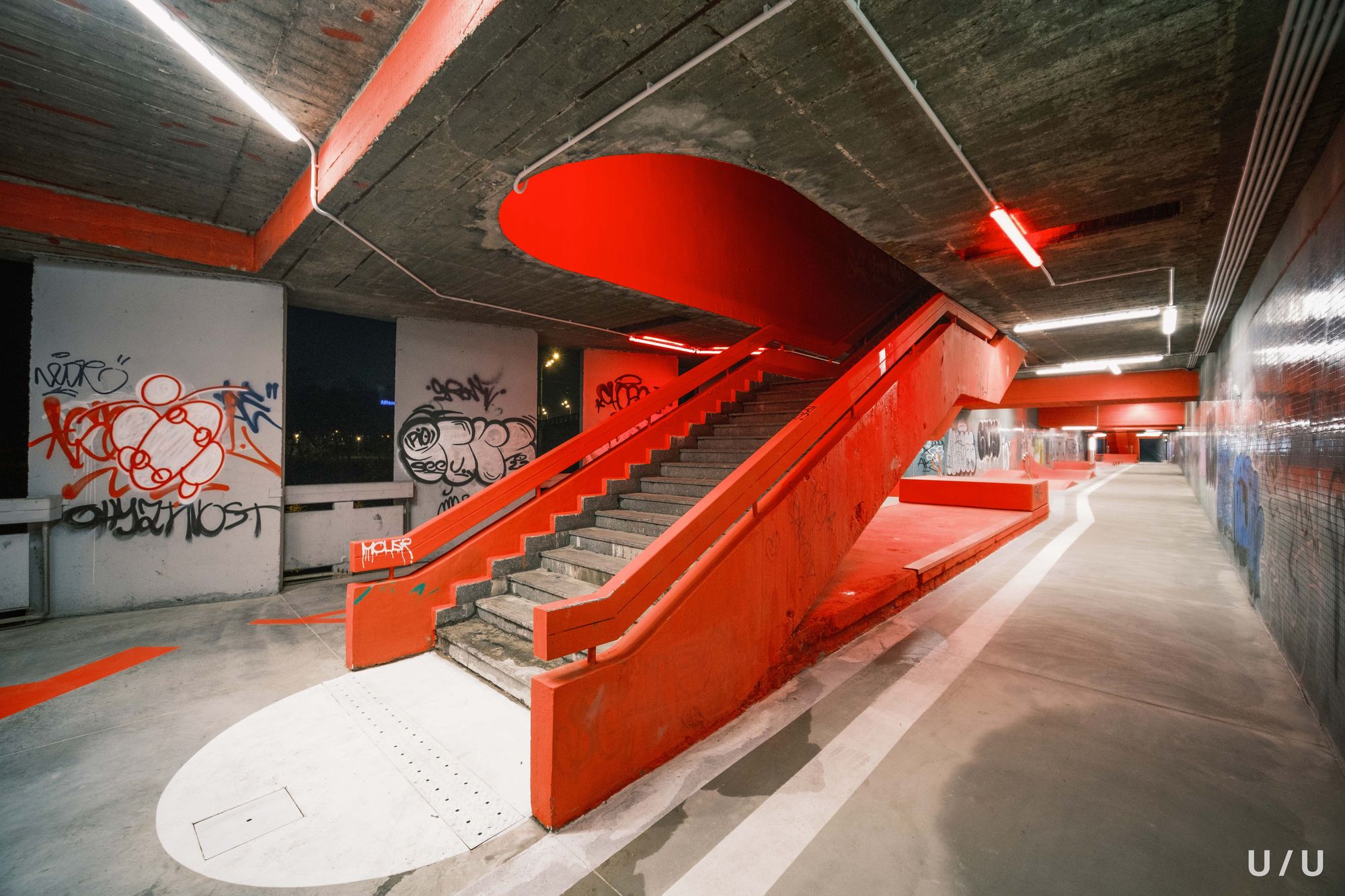
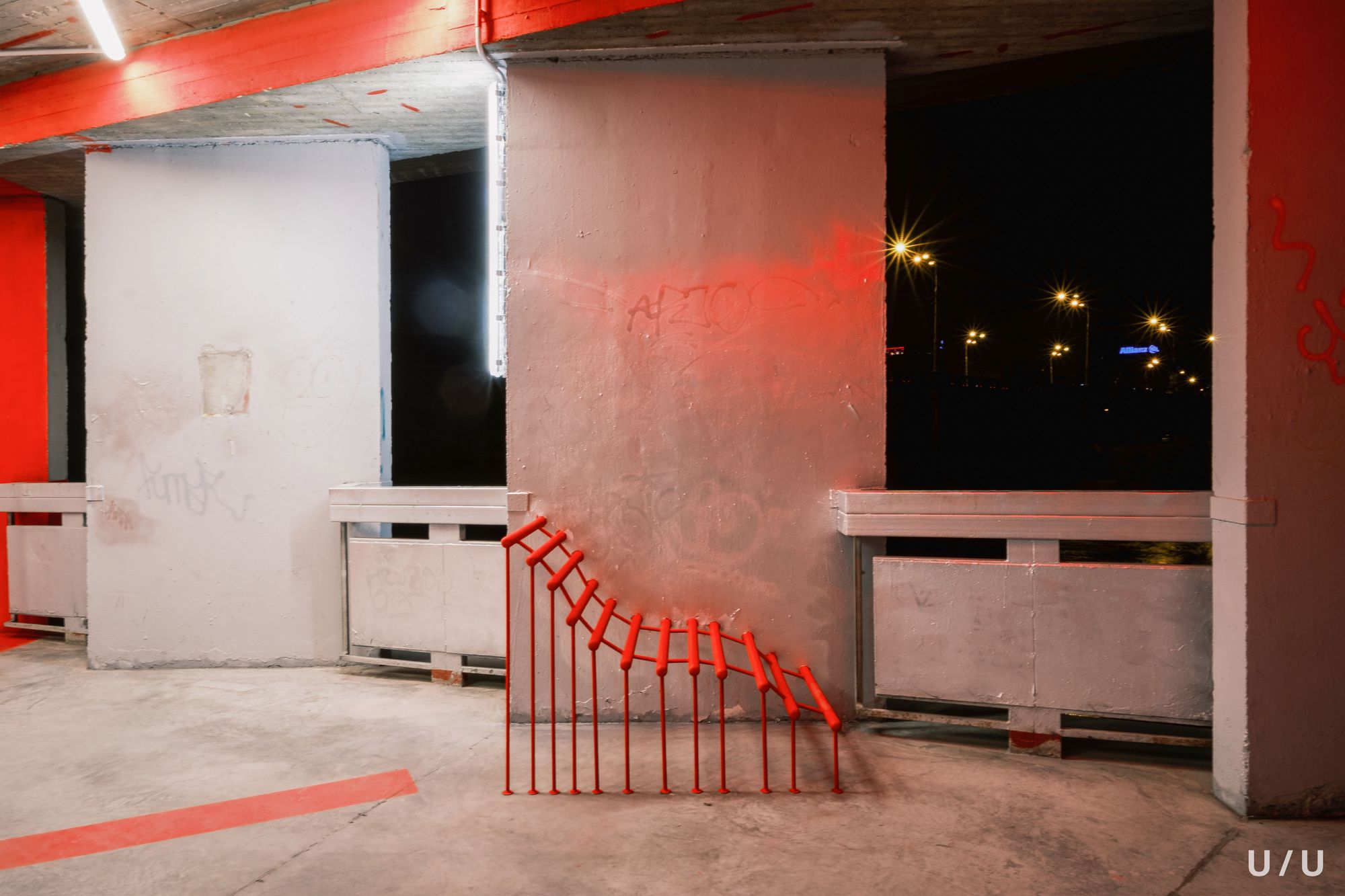

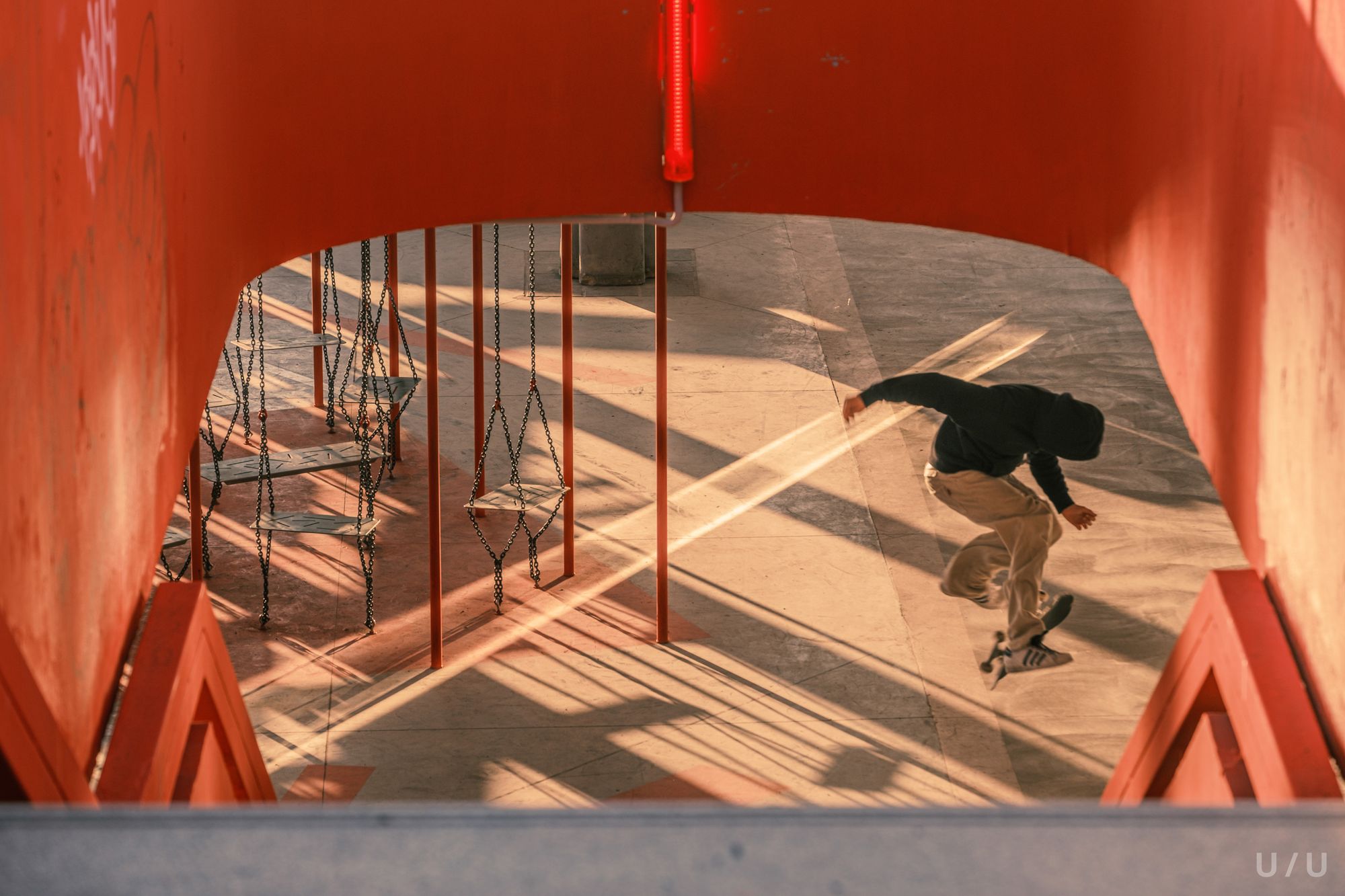
The key inspiration for the design is water, more precisely the Vltava and its linear flow. In terms of colors, we are already at opposite poles: the dramatic red color evokes both the tapestry of theaters and the paintings of sports halls. The mirrors hanging on the walls also stretch the space optically, while alluding to the water motif—not to mention the functionality, since in addition to freestyle sports equipment and skateboarding rinks, pole dancing can also be practiced there.
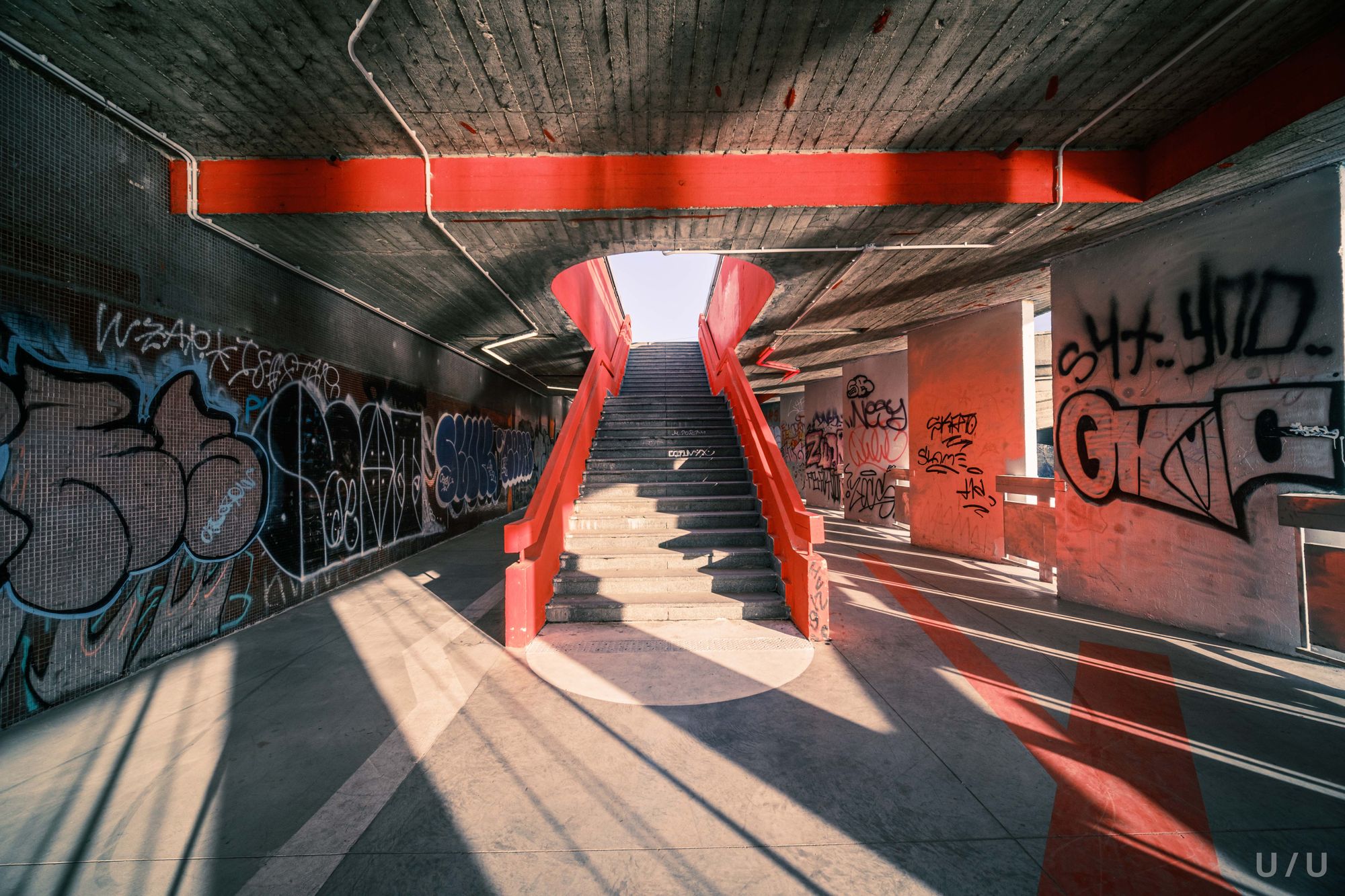
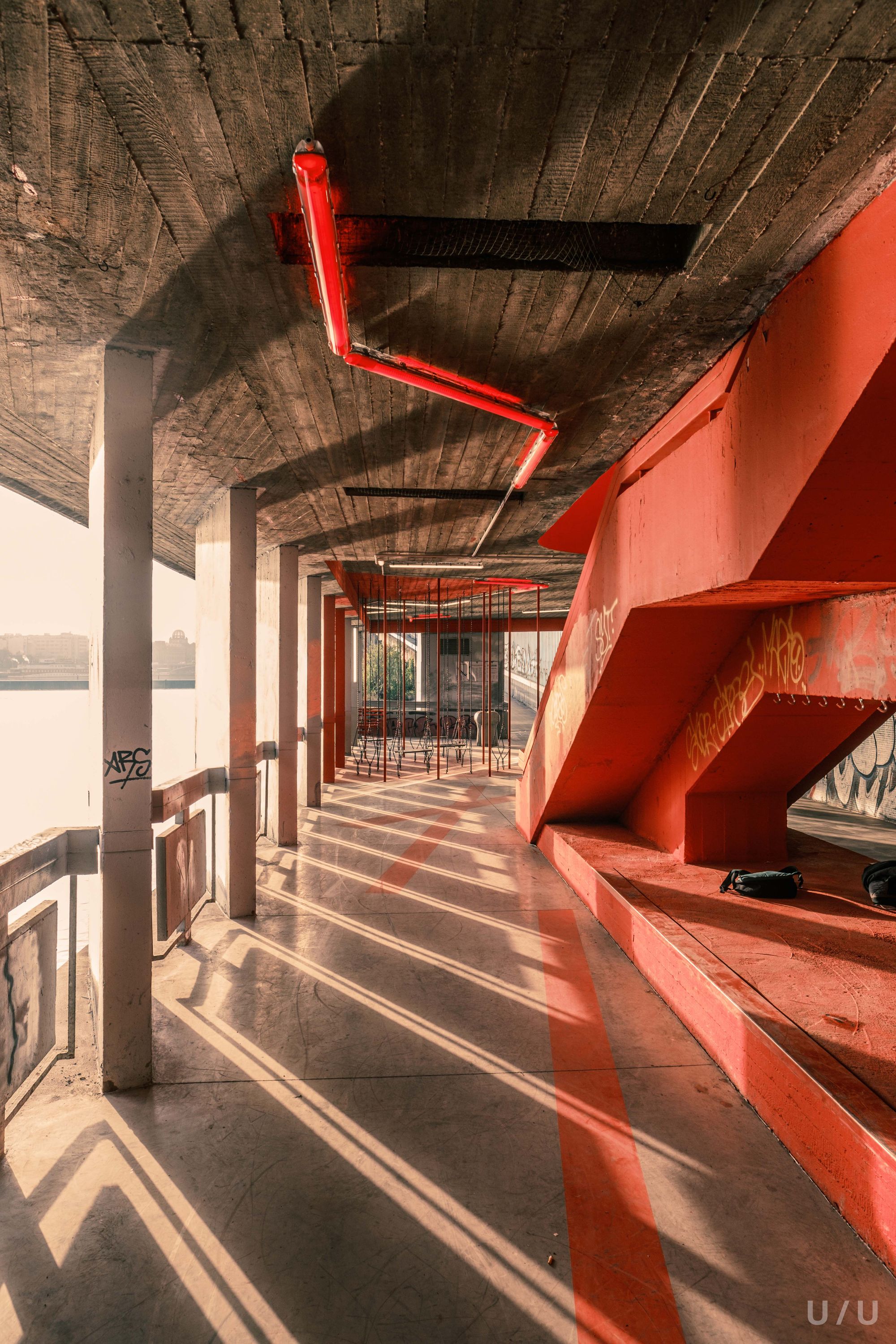
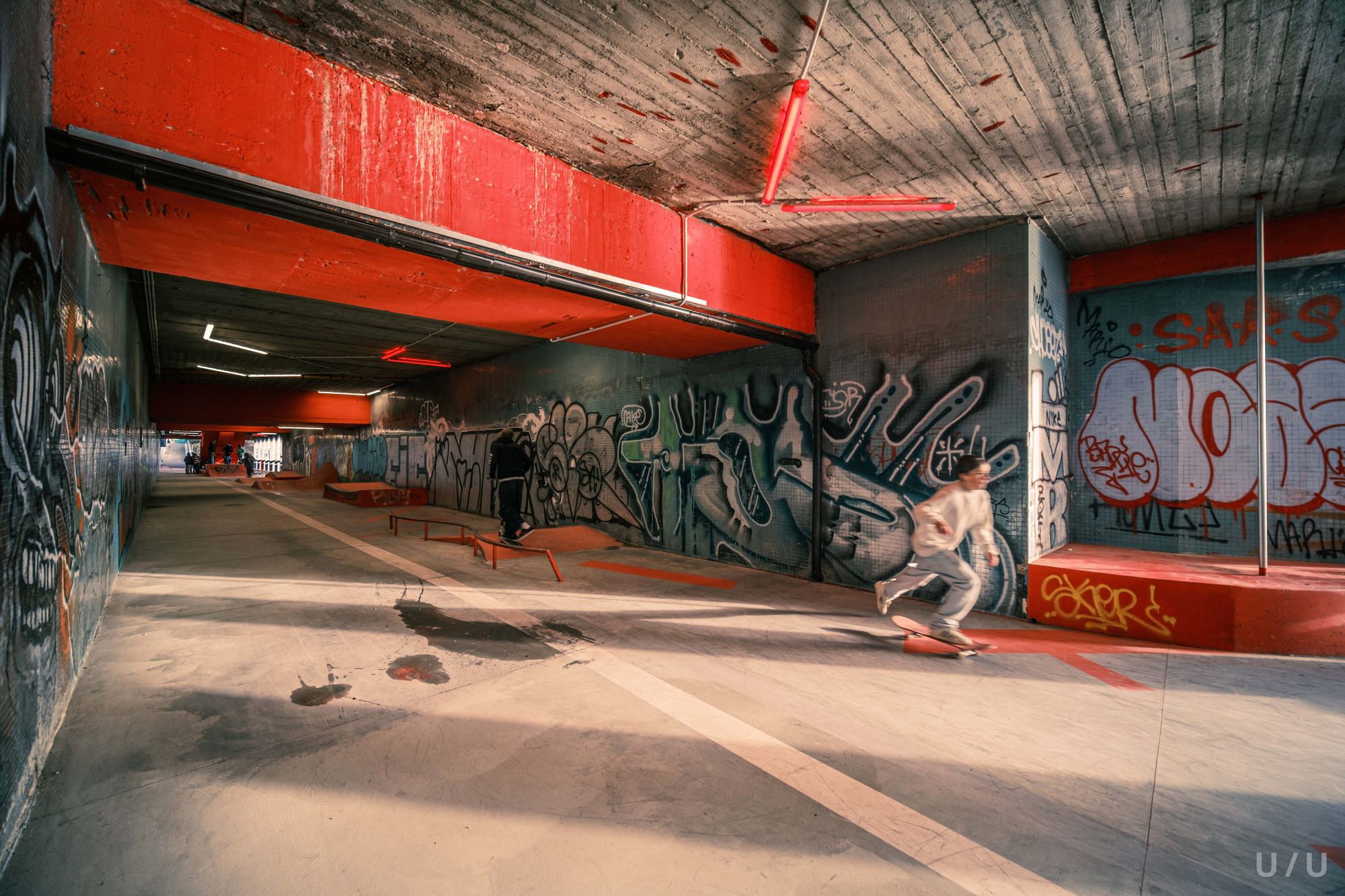
But where does art come in? The designers’ creativity is limitless—the underground passageway is not just a physical community space, but also a gateway between worlds. Ollie the pig is a regular guest, or one might say the iconic feature of the place. The pigskin-clad sculpture represents both contemporary arts while also socially sensitizing passers-by. Through a QR code on the statue, anyone can help socially disadvantaged people in the area with a donation. This park is a perfect example of how a space, sport, and art can connect urban citizens with each other.
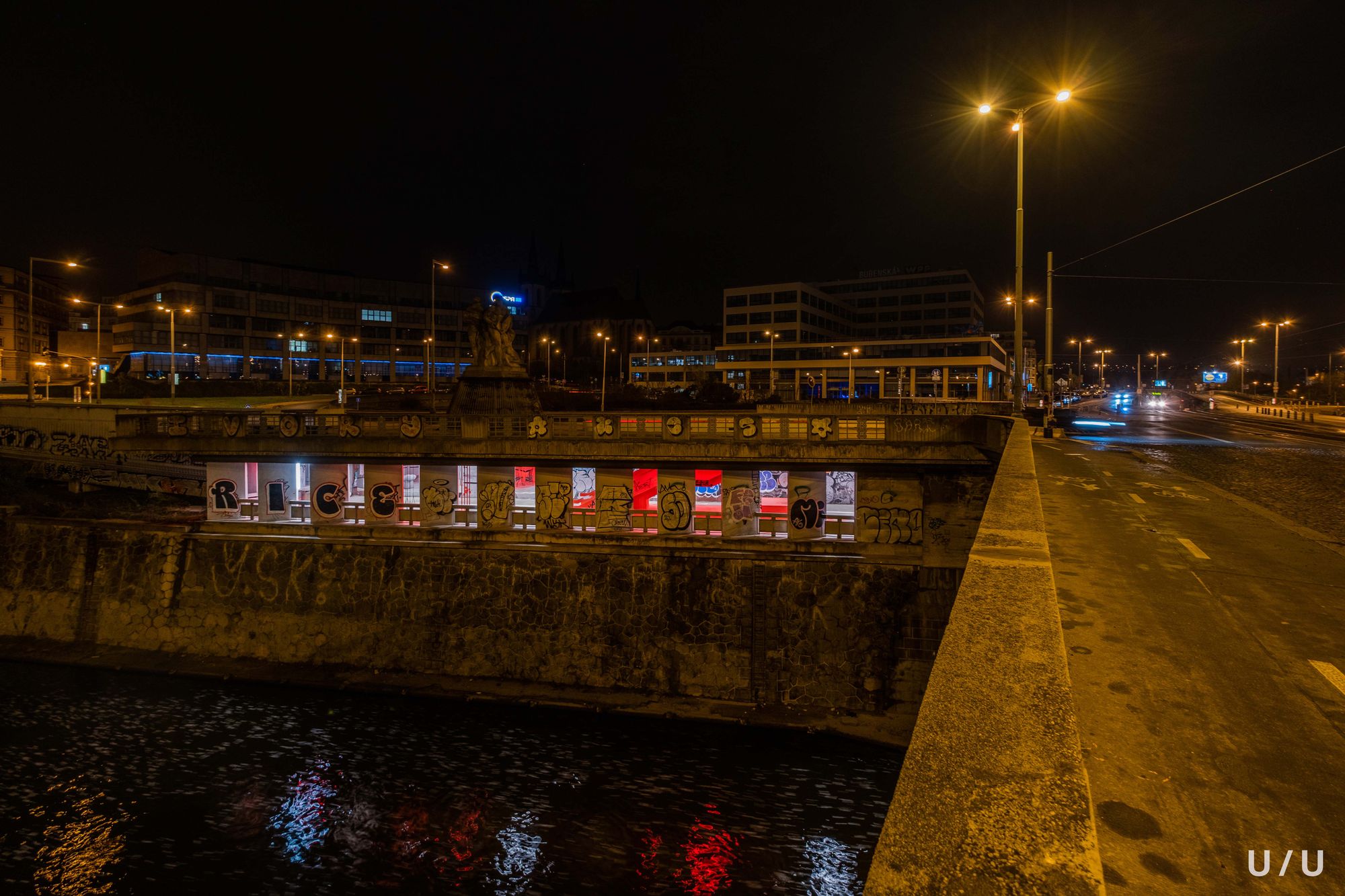
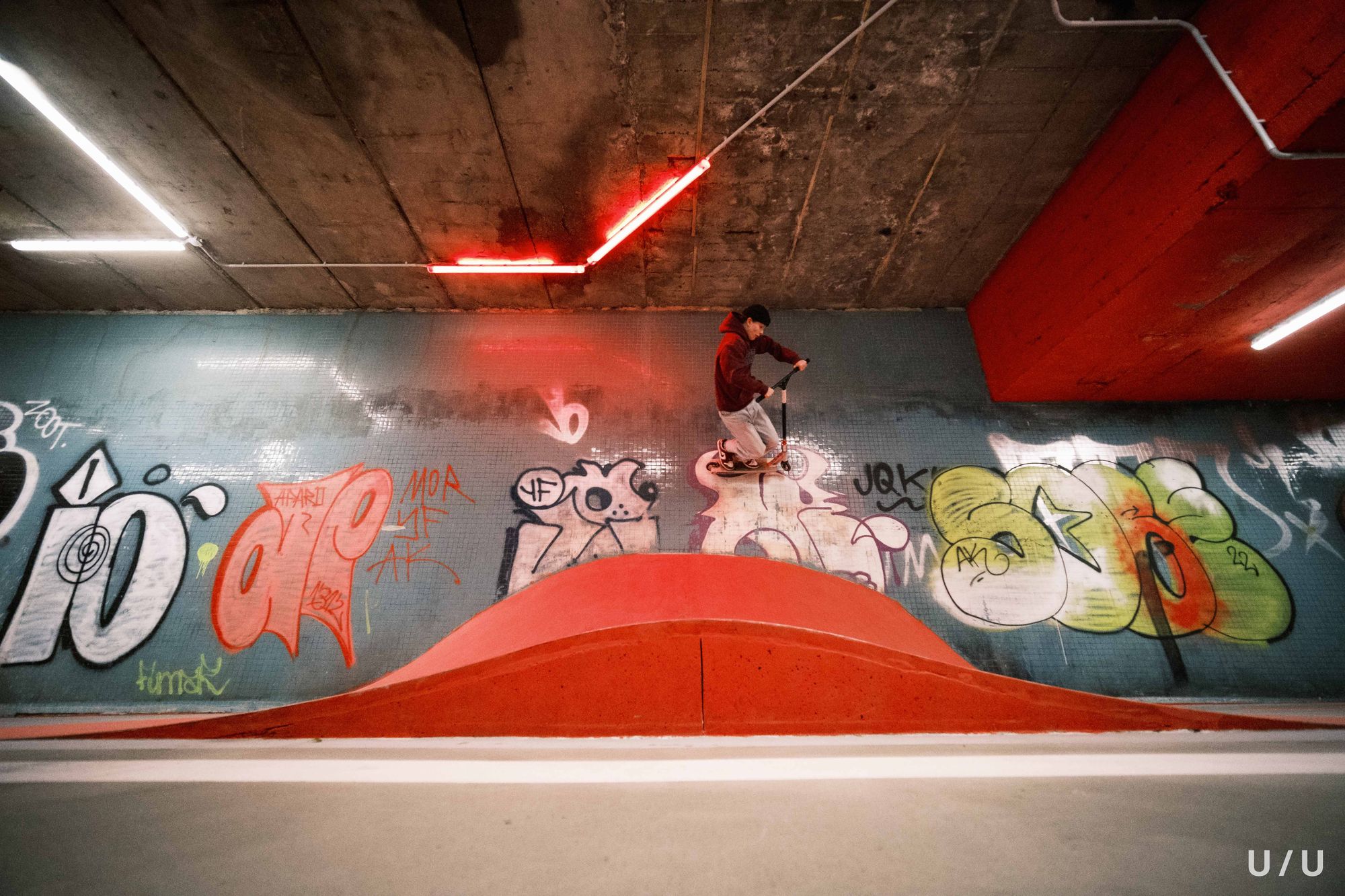
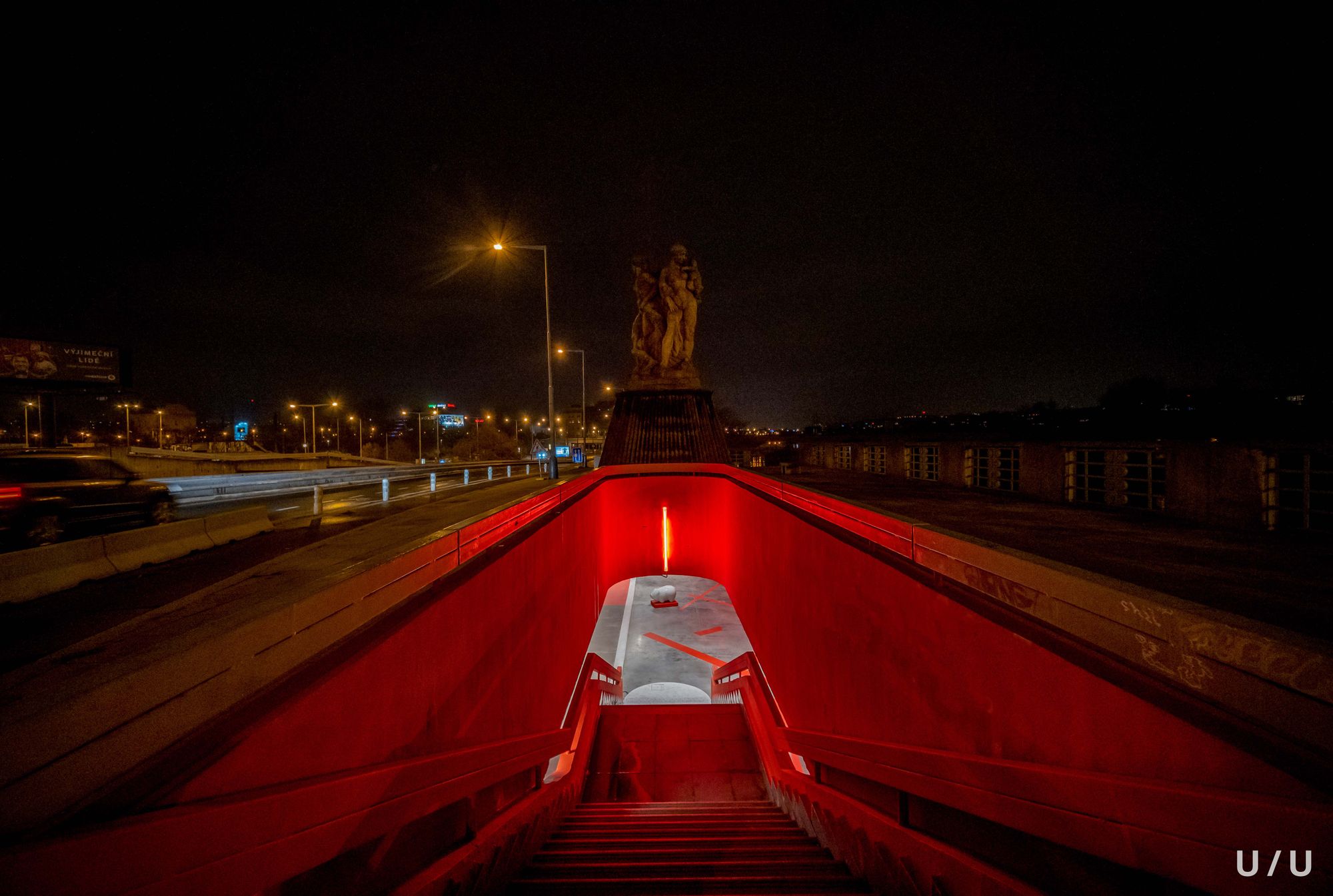
Photos: Jirí Kotal
U/U Studio | Web | Facebook | Instagram
Source: WhiteMad

Be sure to watch these Eastern European films! | TOP 5
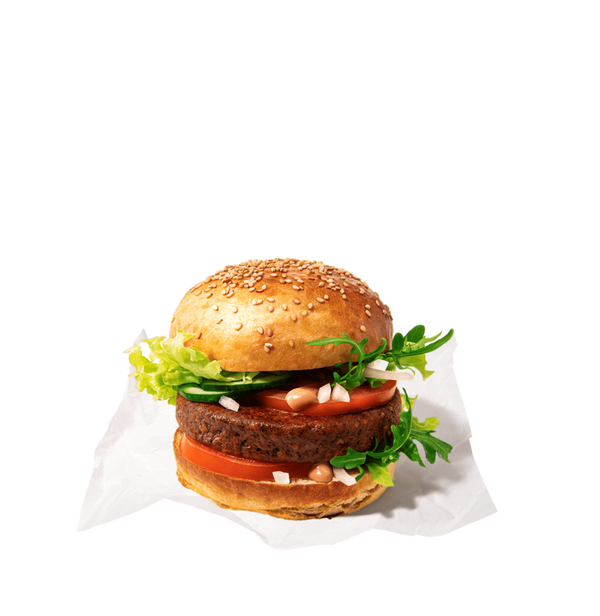
The new taste of a mission—ZIRP










